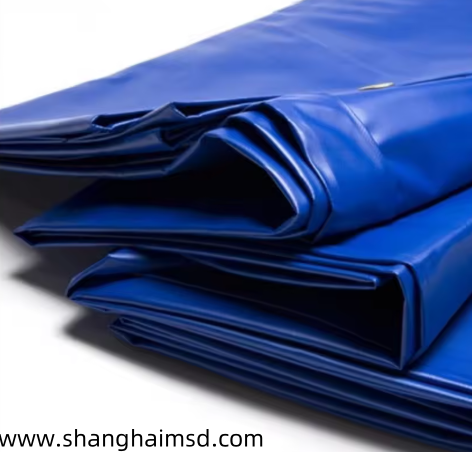How TPU Compound Fabric Enhances Industrial Product Design

TPU Compound Fabric has become a material of interest for industries exploring new avenues of innovation. Its unique combination of flexibility, durability, and resistance makes it suitable for a wide range of applications where traditional fabrics may not meet performance requirements. Industries that rely on adaptable and reliable materials are finding TPU Compound Fabric to be a practical solution for both functional and design needs.
One of the reasons TPU Compound Fabric is appealing to industrial designers is its flexibility. This characteristic allows it to be used in products that require bending, folding, or stretching without losing structural integrity. Sectors such as automotive, wearable technology, and protective equipment are increasingly incorporating this material into their designs. Its ability to conform to different shapes while maintaining durability opens doors to innovative product concepts.
Durability and resistance are also key factors driving industrial interest. TPU Compound Fabric can withstand stress, exposure to various environmental conditions, and repeated use without significant degradation. This makes it suitable for products that are expected to endure mechanical or environmental challenges, such as outdoor gear, industrial coverings, and equipment components. Its combination of resilience and pliability supports longer product lifespans and consistent performance.
Industries exploring TPU Compound Fabric also appreciate its versatility in finishing and treatment options. It can be coated, laminated, or integrated with other materials to enhance functionality and aesthetics. This adaptability allows designers and engineers to create products that are not only functional but also visually appealing, expanding possibilities for consumer, commercial, and industrial applications.
Incorporating TPU Compound Fabric into industrial applications encourages creative problem-solving and product differentiation. Manufacturers can develop solutions that meet specific operational needs while offering the flexibility to adapt to changing requirements. This material supports industries in exploring sustainable and innovative production methods, reducing the limitations often associated with more rigid or traditional fabrics. For further insights into TPU materials and industrial applications, visit: https://www.shanghaimsd.com/news/industry-news/what-is-printable-translucent-film.html/. By utilizing TPU Compound Fabric, industries can continue to explore new approaches to product design, manufacturing efficiency, and functional material integration.
- Art
- Causes
- Crafts
- Dance
- Drinks
- Film
- Fitness
- Food
- Games
- Gardening
- Health
- Home
- Literature
- Music
- Networking
- Other
- Party
- Religion
- Shopping
- Sports
- Theater
- Wellness
